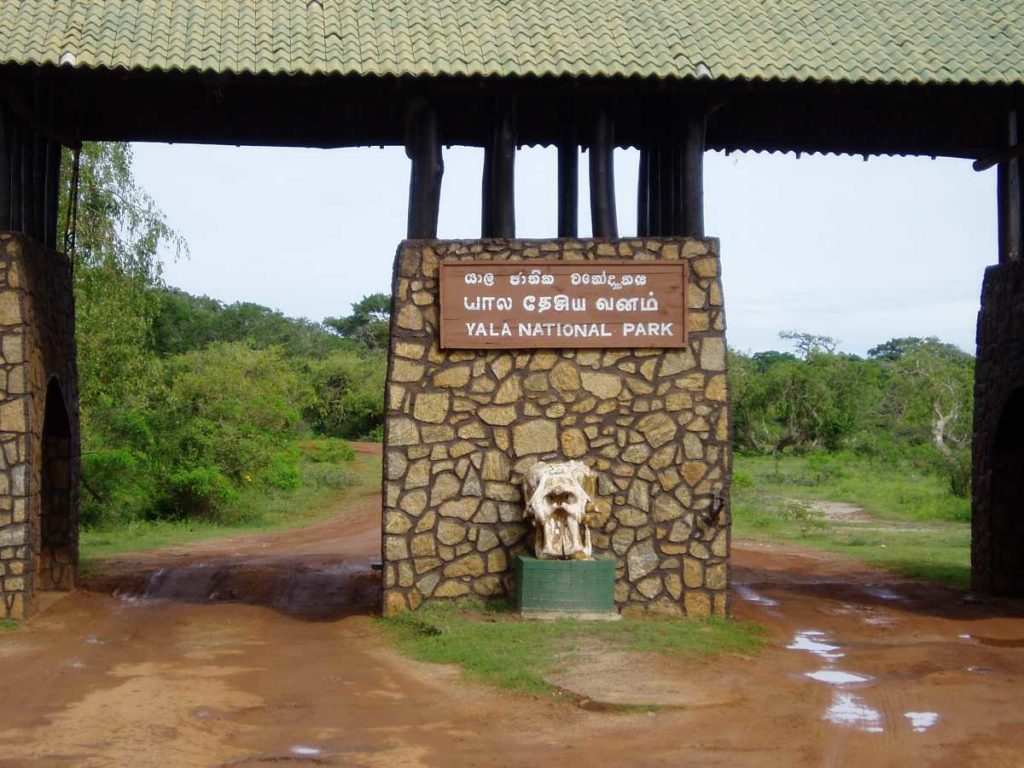
Importance of Yala National Park
The Yala area is mostly composed of metamorphic rock belonging to the Precambrian era and classified into two series, Vijayan series and Highland series. Reddish brown soil and low humic grey soil are prominent among six soil types. Yala is situated in the lowest peneplain of Sri Lanka, which extends from Trincomalee to Hambantota. Topographically the area is a flat and mildly undulating plain that runs to the coast with elevation is 30 metres (98 ft) close to the coast while rising in the interior to 100–125 metres (328–410 ft). The national park is situated in the dry semi-arid climatic region and rain is received mainly during the northeast monsoon. The mean annual rainfall ranges between 500–775 millimetres (19.7–30.5 in) while the mean temperature ranges between 26.4 °C (79.5 °F) in January to 30 °C (86 °F) in April. It is windier in Yala, during the southwest monsoon compared to the wind during the northeast monsoon with wind speeds from 23 kilometres per hour (14 mph) to 15 kilometres per hour (9.3 mph).
Water is abundant after the northeast monsoon, but during the dry season surface water becomes an important factor. The bodies of surface water appear in the forms of streams, tanks, waterholes, rock pools, and lagoons. Waterholes occur in low lying places while rock pools of varying size are capable of containing water year-round, and are hence an important source of water for elephants. For many water birds and water buffaloes natural waterholes are ideal habitats. Such reservoirs are largely concentrated to the Block I followed by Block II. Several tanks are there including, Maha Seelawa, Buthawa, Uraniya, and Pilinnawa tanks.Many rivers and streams flow in a southeasterly direction, originating in the highlands of adjacent Uva and central hills. Kumbukkan Oya in the east and Menik River and its tributaries in the west flow across the park, and provide an important water source in the dry season to wild animals of the park. Normally the streams of the park are dry during the drought season. These rivers and streams exhibit a degree of runoff fluctuations between wet and dry seasons. Kumbukkan Oya discharges seven times as much water in the rainy season than in the dry season. A number of lagoons are situated along the coast line of the park.There are several routes to get to Yala from Colombo, while the route via Ratnapura and Tissamaharama is the shortest with 270 kilometres (170 mi).
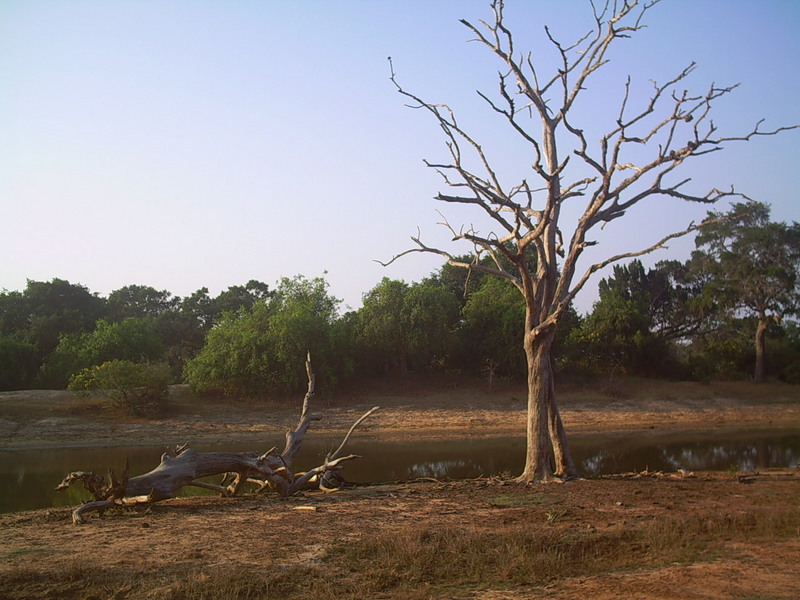
History of Yala National Park
The Yala area is mostly composed of metamorphic rock belonging to the Precambrian era and classified into two series, Vijayan series and Highland series. Reddish brown soil and low humic grey soil are prominent among six soil types. Yala is situated in the lowest peneplain of Sri Lanka, which extends from Trincomalee to Hambantota. Topographically the area is a flat and mildly undulating plain that runs to the coast with elevation is 30 metres (98 ft) close to the coast while rising in the interior to 100–125 metres (328–410 ft). The national park is situated in the dry semi-arid climatic region and rain is received mainly during the northeast monsoon. The mean annual rainfall ranges between 500–775 millimetres (19.7–30.5 in) while the mean temperature ranges between 26.4 °C (79.5 °F) in January to 30 °C (86 °F) in April. It is windier in Yala, during the southwest monsoon compared to the wind during the northeast monsoon with wind speeds from 23 kilometres per hour (14 mph) to 15 kilometres per hour (9.3 mph).
Water is abundant after the northeast monsoon, but during the dry season surface water becomes an important factor. The bodies of surface water appear in the forms of streams, tanks, waterholes, rock pools, and lagoons. Waterholes occur in low lying places while rock pools of varying size are capable of containing water year-round, and are hence an important source of water for elephants. For many water birds and water buffaloes natural waterholes are ideal habitats. Such reservoirs are largely concentrated to the Block I followed by Block II. Several tanks are there including, Maha Seelawa, Buthawa, Uraniya, and Pilinnawa tanks. Many rivers and streams flow in a southeasterly direction, originating in the highlands of adjacent Uva and central hills. Kumbukkan Oya in the east and Menik River and its tributaries in the west flow across the park, and provide an important water source in the dry season to wild animals of the park. Normally the streams of the park are dry during the drought season. These rivers and streams exhibit a degree of runoff fluctuations between wet and dry seasons. Kumbukkan Oya discharges seven times as much water in the rainy season than in the dry season. A number of lagoons are situated along the coast line of the park.There are several routes to get to Yala from Colombo, while the route via Ratnapura and Tissamaharama is the shortest with 270 kilometres (170 mi).
Map of Yala National Park

Physical Features of Yala National Park
The Yala area is mostly composed of metamorphic rock belonging to the Precambrian era and classified into two series, Vijayan series and Highland series. Reddish brown soil and low humic grey soil are prominent among six soil types. Yala is situated in the lowest peneplain of Sri Lanka, which extends from Trincomalee to Hambantota. Topographically the area is a flat and mildly undulating plain that runs to the coast with elevation is 30 metres (98 ft) close to the coast while rising in the interior to 100–125 metres (328–410 ft). The national park is situated in the dry semi-arid climatic region and rain is received mainly during the northeast monsoon. The mean annual rainfall ranges between 500–775 millimetres (19.7–30.5 in) while the mean temperature ranges between 26.4 °C (79.5 °F) in January to 30 °C (86 °F) in April. It is windier in Yala, during the southwest monsoon compared to the wind during the northeast monsoon with wind speeds from 23 kilometres per hour (14 mph) to 15 kilometres per hour (9.3 mph).
Water is abundant after the northeast monsoon, but during the dry season surface water becomes an important factor. The bodies of surface water appear in the forms of streams, tanks, waterholes, rock pools, and lagoons. Waterholes occur in low lying places while rock pools of varying size are capable of containing water year-round, and are hence an important source of water for elephants. For many water birds and water buffaloes natural waterholes are ideal habitats. Such reservoirs are largely concentrated to the Block I followed by Block II. Several tanks are there including, Maha Seelawa, Buthawa, Uraniya, and Pilinnawa tanks. Many rivers and streams flow in a southeasterly direction, originating in the highlands of adjacent Uva and central hills. Kumbukkan Oya in the east and Menik River and its tributaries in the west flow across the park, and provide an important water source in the dry season to wild animals of the park. Normally the streams of the park are dry during the drought season. These rivers and streams exhibit a degree of runoff fluctuations between wet and dry seasons. Kumbukkan Oya discharges seven times as much water in the rainy season than in the dry season. A number of lagoons are situated along the coast line of the park.There are several routes to get to Yala from Colombo, while the route via Ratnapura and Tissamaharama is the shortest with 270 kilometres (170 mi)
Flora Diversity
Yala National Park has a variety of ecosystems including moist monsoon forests, dry monsoon forests, semi deciduous forests, thorn forests, grasslands, marshes, marine wetlands, and sandy beaches. The area under forest cover mainly consists of Block I and rangelands of open parkland (Pelessa grasslands) including some extensive grasslands. The forest area is restricted to around the Menik River while rangelands are found towards the sea side. Other habitat types of the Block I are tanks and water holes, lagoons and mangroves and chena lands. The mangrove vegetation in the Buthuwa lagoon is largely Rhizophora mucronata while Avicennia spp. and Aegiceras spp. are less abundant. The vegetation of Block II is similar to those of Block I, and Yalawela, once a fertile paddy field, represents Pitiya grasslands. The mangroves of Block II occur around the estuary of Menik River, which extent to 100 hectares (0.39 sq mi). The common mangrove plants are Rhizophora mucronata, Sonneratia caseolaris, Avicennia spp., and Aegiceras corniculatum. The lagoons of Pilinnawa, Mahapothana, and Pahalapothana are also located in this block.The other common mangrove species are Sonneratia caseolaris, Acanthus ilicifolius, Excoecaria agallocha, and Lumnitzera racemosa. In the bare sand Crinum zeylanicum is found.
In the Blocks III, IV, and V, forests are more widespread. The canopy of the forest mainly contains Drypetes sepiaria and Manilkara hexandra plant species. The Pitiya grasslands are important for grazing animals. Cynodon barberi is the common grass in Pitiya grasslands while Zoysia matrella becomes dominant near the beach. Among 300 odd floral species are Manilkara hexandra, Drypetes sepiaria, Ceylon Satinwood, Terminalia arjuna, limonia, Berrya cordifolia, Randia dumetorum, Pleurostylia opposita, Gymnema sylvestre, Bell mimosa, Neem, Banyan, Toothbrush tree, Schleichera oleosa, Vitex pinnata, Indian blackberry, Gmelina asiatica, Carissa spinarum, Euphorbia antiquorum, and Acacia eburnea.In the seasonally flooded areas of Block II, a wild species of rice is found. Glenniea unijuga is an endemic plant species found around the wetlands of the park. Munronia pumila, Salacia reticulata, and Asparagus racemosus are some medicinal plants.

Fauna Diversity
Birds
Yala is one of the 70 Important Bird Areas (IBAs) in Sri Lanka.[10] Of 215 bird species of the park, seven are endemic to Sri Lanka.[2] They are Sri Lanka grey hornbill, Sri Lanka junglefowl, Sri Lanka wood pigeon, crimson-fronted barbet, black-capped bulbul, blue-tailed bee-eater and brown-capped babbler. The number of waterbirds inhabiting wetlands of Yala is 90 and half of them are migrants.[3] Waterfowl (lesser whistling duck, garganey), cormorants (little cormorant, Indian cormorant), large waterbirds (grey heron, black-headed ibis, Eurasian spoonbill, Asian openbill, painted stork), medium-sized waders Tringa spp., and small waders Charadrius spp. are among the most common waterbirds. Black-necked stork and lesser adjutant are many of the rare birds that can be seen in the park. The migrant great white pelican and resident spot-billed pelican are also have been recorded. Other waterbirds attracted to the Yala lagoons include lesser flamingo, pelicans, and rare species such as purple heron, night herons, egrets, purple swamphen, and Oriental darter. Thousands of waterfowls migrate to the lagoons of Yala during the northeast monsoon. They are northern pintail, white-winged tern, Eurasian curlew, Eurasian whimbrel, godwits, and ruddy turnstone. The visiting species mingled with residing lesser whistling duck, yellow-wattled lapwing, red-wattled lapwing, and great stone-curlew. Rock pigeon, barred buttonquail, Indian peafowl, black stork, black-winged stilt, and greater flamingo are among the other bird species. Crested serpent eagle and white-bellied sea eagle are the raptors of the park. The forest birds are orange-breasted green pigeon, hornbills, Old World flycatchers, Indian paradise flycatcher, Asian barbets, and orioles.
Mammals
Including Sri Lankan elephant, 44 species of mammals are resident in Yala National Park, and it has one of the highest leopard densities in the world. 25 individual leopards are estimated to roam in Block I. The elephant herd of Yala contains 300–350 individuals. The Sri Lankan sloth bear, leopard, elephant, and wild water buffalo are all threatened mammals that Yala harbours. Although water buffaloes are indigenous to Sri Lanka, most populations contain genes of the domestic stock or have descended from feral populations. Toque macaque, golden palm civet, red slender loris, and fishing cat are among the other mammals that can be seen in Yala. The elephant population of the park varies seasonally.
Reptiles
The reptile fauna recorded from the park is 47 and six of them are endemic. Sri Lankan krait, Boulenger’s keelback, Sri Lankan flying snake, painted-lip lizard, Wiegmann’s agama, and Bahir’s fan-throated lizard are the endemic species. The coastal line of the park is visited by the all five globally endangered sea turtles (leatherback turtle, olive ridley, loggerhead sea turtle, hawksbill turtle, and green turtle) that visit Sri Lanka. The two breeding crocodile species of Sri Lanka, mugger crocodile and saltwater crocodile, inhabit the park. The Indian cobra and Russell’s viper are among the other reptiles.
Amphibians
There are 18 amphibian species that have been recorded from Yala, while Bufo atukoralei and Adenomus kelaartii are endemic to Sri Lanka.


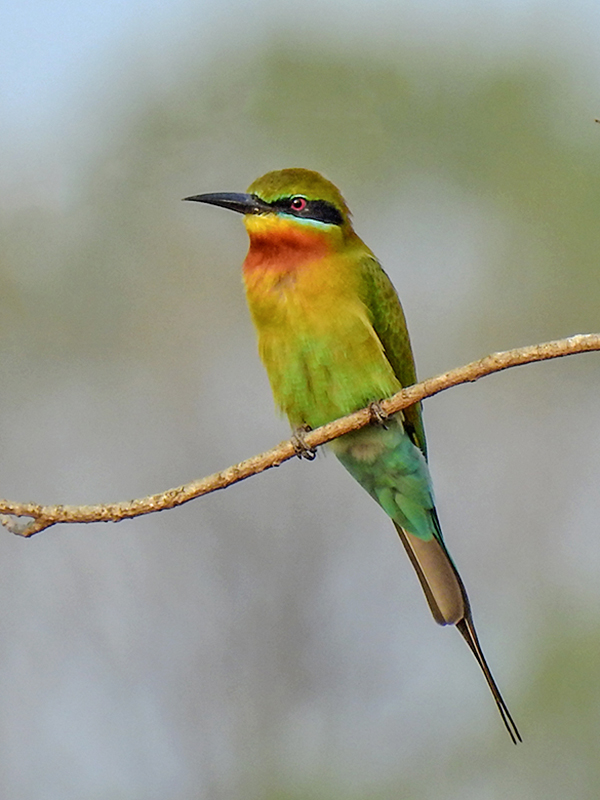

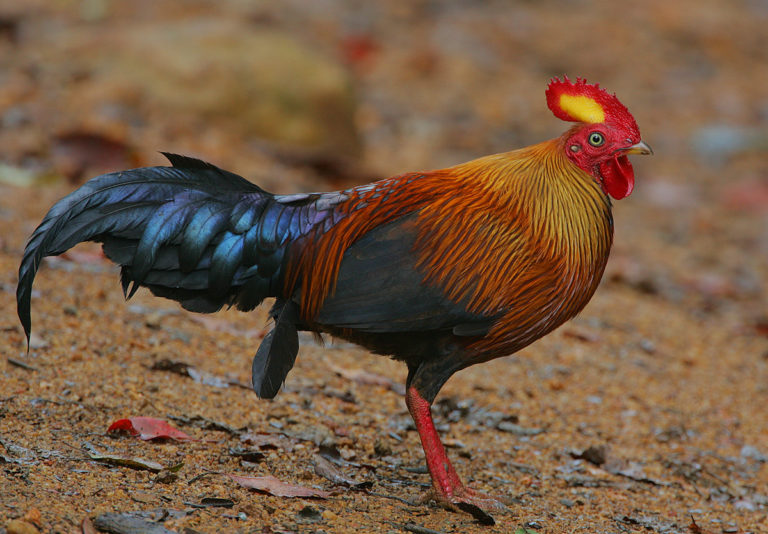
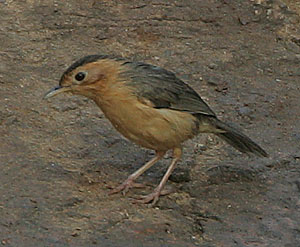


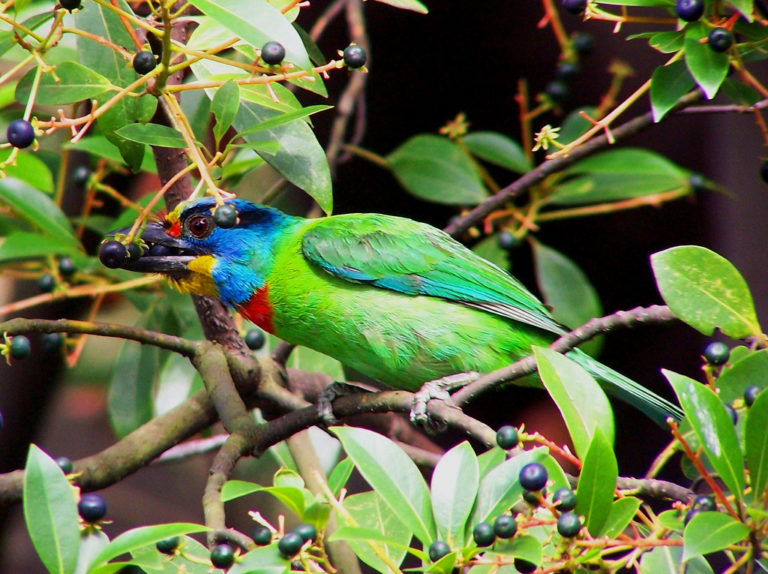




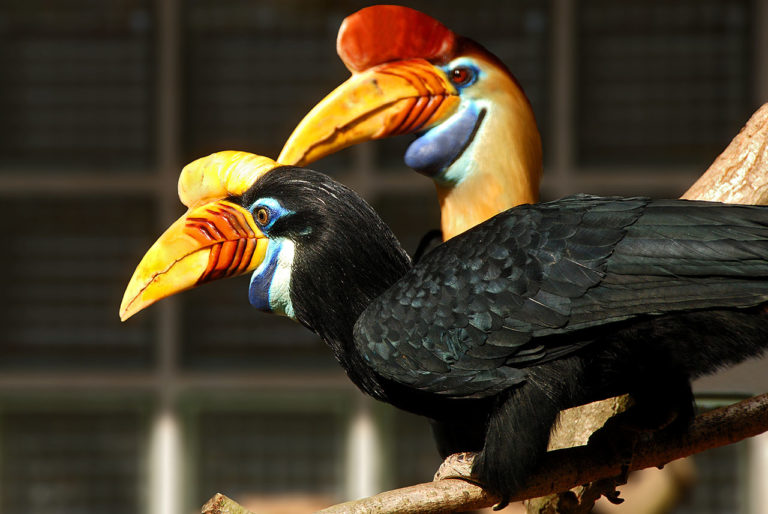

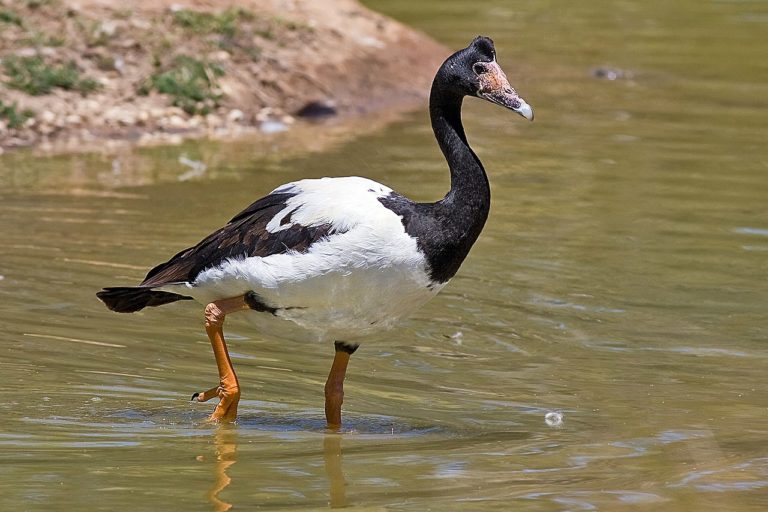
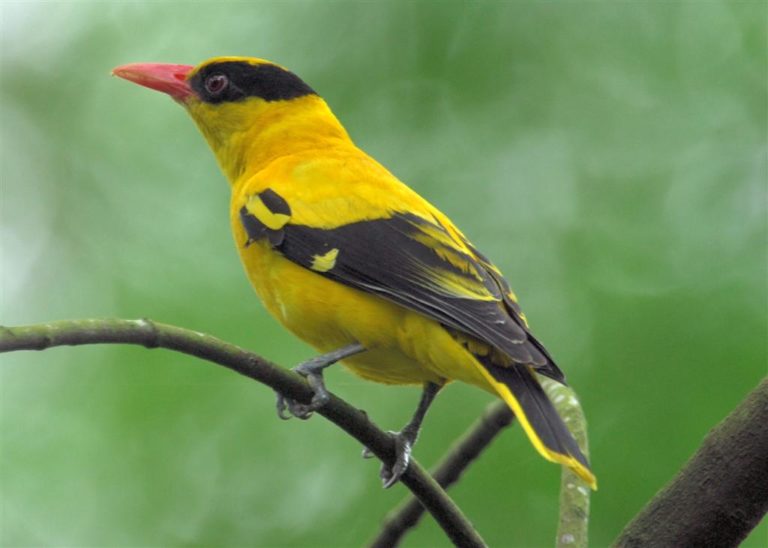

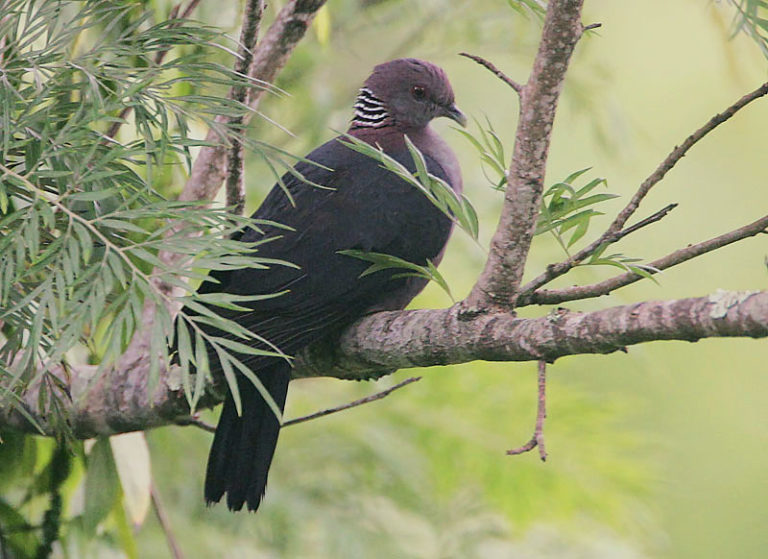
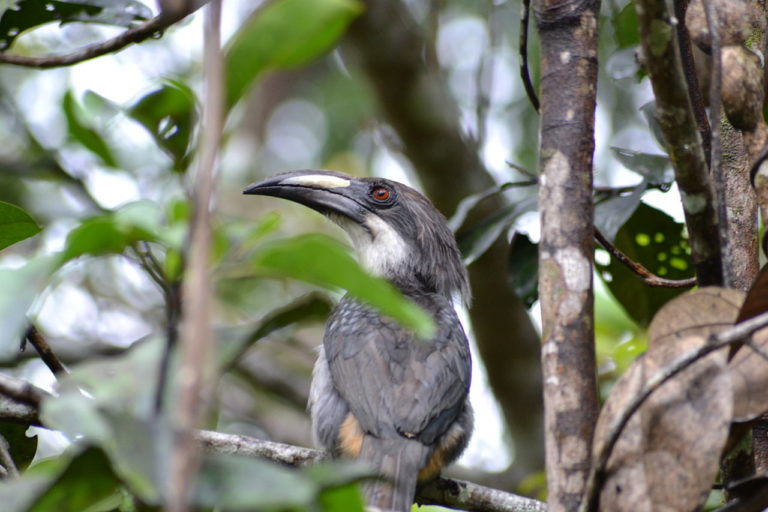

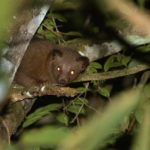
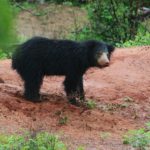
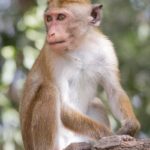
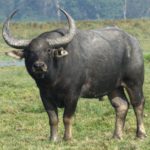
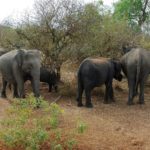


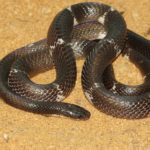
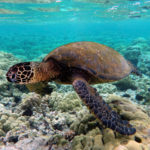

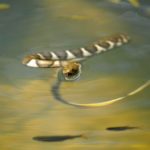
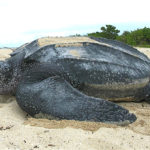
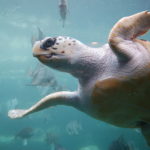
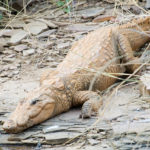
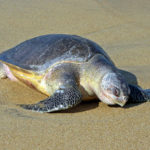




166 thoughts on “Yala National Park | Sri Lanka”
Can I simply say what a comfort to find someone who genuinely
understands what they are talking about on the internet.
You actually realize how to bring an issue to light and make it important.
More and more people have to check this out and understand this side of the story.
I was surprised that you aren’t more popular since
you surely possess the gift.